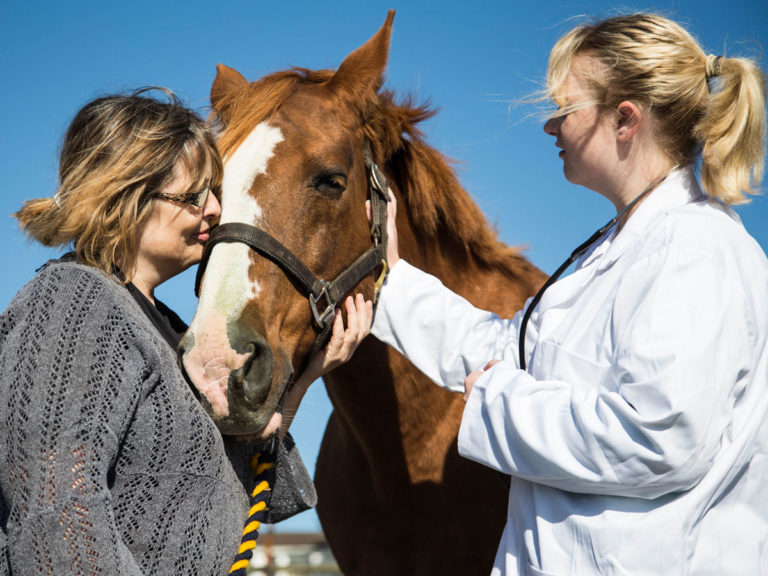
A commercial blood test is now available in the UK for horses older than three months of age to detect IgG (T) that is specific for three cyathostomin antigens—these proteins represent common species of all intra-horse stages of the small strongyle life cycle, including encysted larvae. At the 2021 British Equine Veterinary Association (BEVA) Equine Congress, Jacqui Matthews, BVMS, PhD, FRSB, FRCVS, of Roslin Technologies at Edinburgh and the UK, described the usefulness of this test with high sensitivity and specificity and how it informs the need to apply moxidectin larvicidal treatment.
The optimal testing time period is September through October in the UK. However, if testing misses this window, Matthews said it can still be used until April. In suspect clinical cases, it can be used at any time of year to aid in a differential diagnosis. She cautioned that it is best not to use the test within four months of moxidectin treatment. This is because the serum antibody half-life of IgG (T) retains residual levels for four months and might alter actual values. Horses that have hypoproteinemia might also yield false negative results with testing due to decreased levels of IgG (T) from protein deficiency.
Another caveat in use of the ELISA test is that horses with fecal egg counts >200 epg should be treated with moxidectin rather than being tested because the test has less assessment value in high parasite burdens. If environmental conditions and management pose a high risk of internal parasite loads, or if new horses are added to a herd, it is advised that it is also better to treat than to test.
The ELISA test results in a serum score that is linked to a percentage of total worm burden. If the probability is >25%, the horse should be treated with moxidectin. The serum score is also correlated with environmental conditions and fecal egg counts to determine whether or not to treat with moxidectin.
Test information can be found here.








